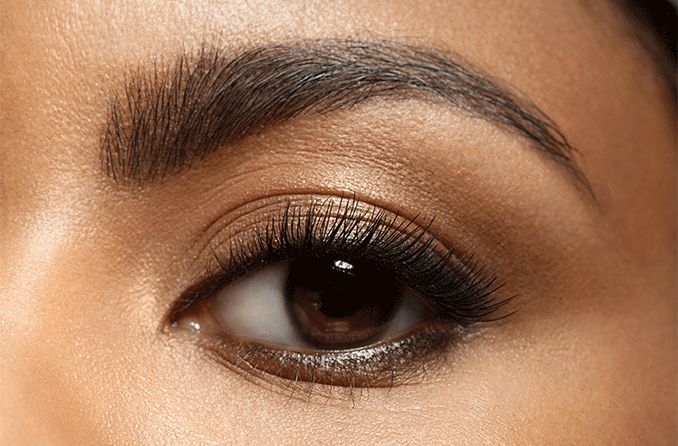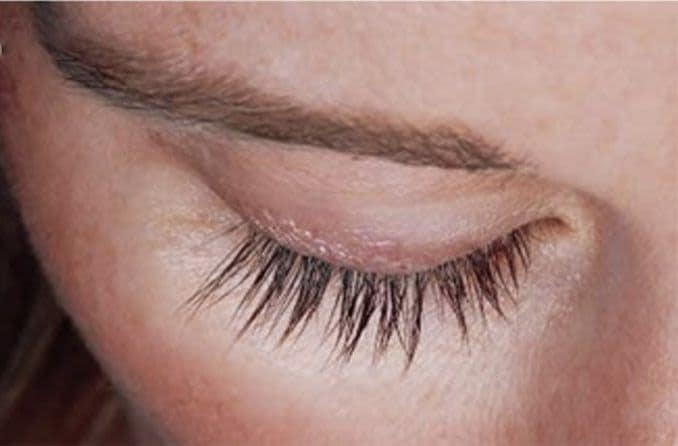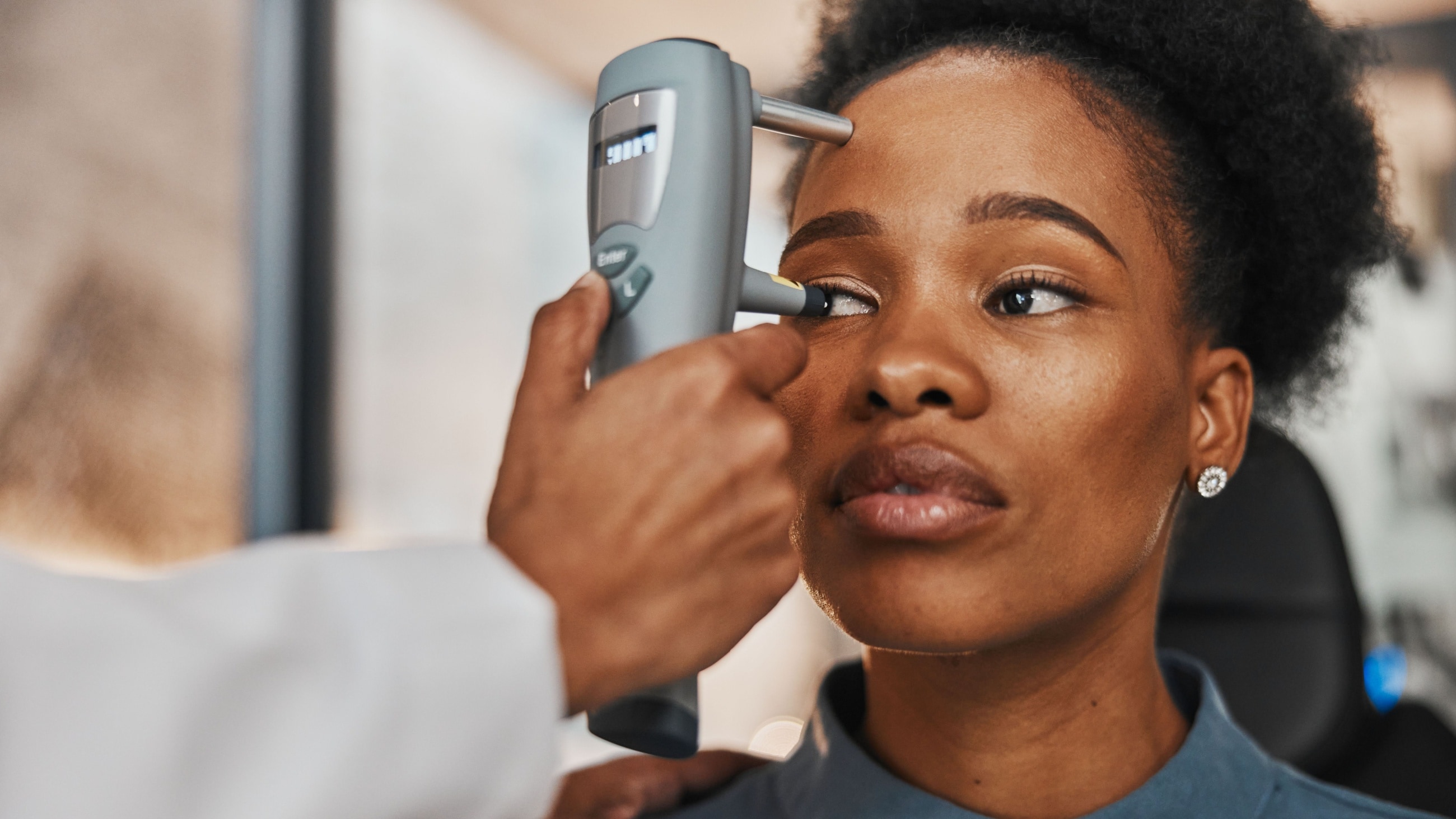Do lash serums work?
Eyelash serum is a popular product designed to enhance the look and feel of your eyelashes. There are a few different types of lash serum. Results can vary depending on the product type and ingredients, as well as your personal response to the serum.
Lash serums can work for many people. Some use serum to encourage lash growth. Others like the conditioning that it can provide. There are many different eyelash serum products on the market, both prescription and over-the-counter (OTC). Having a variety of options can make it easier to find a product that suits your needs.
Whether or not you try an eyelash serum, it’s important to keep your lashes healthy. This allows them to protect your eyes from dust, pollen and other particles. Healthy lashes help keep debris from entering your eyes and causing damage.
What causes eyelash loss?
Losing between one and five eyelashes every day is normal. But significant eyelash loss may indicate a more serious problem. Some causes for eyelash loss include:
- Blepharitis – Eyelid inflammation caused by clogged oil glands.
- Irritation from makeup – Allergic reactions or irritation from certain products can affect the quality of lashes.
- Overuse or improper use of cosmetics – Excessively curling your lashes or overusing lash glue or lash extensions can put stress on your lashes.
- Trichotillomania – A psychological condition in which a person compulsively pulls out their hair and eyelashes.
- Hormone fluctuation – Thyroid problems, pregnancy and menopause hormones can affect hair and lash growth.
- Dietary deficiencies – Lash follicles may be impacted if you don’t get enough iron, vitamin D, biotin and essential fatty acids.
- Seasonal changes and allergies – Eyelashes can become weaker during seasons with less humidity and dryer air, especially for people with seasonal allergies.
- Certain medications – Side effects of some medications can impact lash growth.
- Medical conditions – Certain skin and autoimmune disorders can affect eyelashes.
Talk with your doctor if any of these are a concern for you. They may suggest remedies based on your needs.
How do lash serums work?
Many lash serums work as a conditioner for your eyelashes. They provide extra hydration, giving your lashes a fuller and longer appearance. Some serums are made with pharmaceutical ingredients that boost the growth cycle of your lashes.
Basic conditioning products for eyelashes are often available over the counter. But others (like Latisse) require a prescription because of the stronger ingredients (bimatoprost) and usage. To enhance your lashes, they:
Boost the lash growth cycle
Eyelashes cycle through three stages of life:
- The growth phase – When new lashes grow from the hair follicle
- The degradation phase – When grown lashes no longer receive blood flow
- The resting phase – When lashes begin to shed
The growth phase is also called the anagen phase. Latisse (bimatoprost) focuses on lashes during the anagen phase, encouraging them to grow longer, darker and thicker.

Condition and strengthen eyelashes
Lash serums can also act as a conditioner for eyelashes. Ingredients such as biotin and hyaluronic acid can help hydrate and strengthen lashes, preventing breakage. This helps lashes appear longer and thicker.
Prescription vs. over-the-counter lash serums
Lash serums work either by boosting the lash growth cycle gradually over time or by conditioning the existing lashes. Results vary depending on the type and strength of the ingredients in the product, among other factors.
Prescription serums
As Latisse, bimatoprost treats eyelash hypotrichosis, a condition in which a person does not grow enough eyelashes. Latisse contains a higher concentration of bimatoprost than Lumigan. Additionally, it’s meant to be applied to the upper lash line rather than used as eye drops.
When used properly, Latisse can help increase the thickness, darkness and length of the eyelashes.
Key ingredients in Latisse
The key active ingredient in prescription Latisse is bimatoprost ophthalmic solution at a concentration of 0.03%. Bimatoprost is a type of prostaglandin analog — a synthetic compound that mimics the actions of a natural prostaglandin. It’s a type of lipid that plays a role in various bodily processes, including inflammation and pain.
In other concentrations, Bimatoprost ophthalmic solution is FDA-approved to treat various eye conditions. Under the brand name Lumigan, it’s formulated as an eye drop to help lower eye pressure. Because of this, Lumigan is commonly used to treat open-angle glaucoma and ocular hypertension.
Talk to your eye doctor about eyelash serum products if you’re concerned about your eyelash growth and would like more information.
Over-the-counter serums and ingredients
Most lash serums are available over the counter (OTC) and can be obtained without a prescription. These products often include peptides and antioxidants to stimulate the eyelash follicles.
A number of experts recommend OTC lash serums with hyaluronic acid and biotin for their strengthening and hydrating properties. The following ingredients may also be found in OTC eyelash serums:
- Keratin
- Ginseng
- Panthenol
- Castor oil
- Peptides
- Pumpkin seed oil
When included, these ingredients are typically meant to strengthen, hydrate and condition your lashes. The effectiveness of OTC lash serums can vary by person and product. It's important to consider your expectations before deciding on a product.
Some OTC lash serums contain isopropyl cloprostenate. This is another type of prostaglandin analog that is said to provide similar results to bimatoprost (found in Latisse). While bimatoprost has gone through FDA testing and approval, isopropyl cloprostenate (IC) has not.
Without FDA testing, both the efficacy and potential side effects of these and other OTC lash serums are difficult to determine.
Always consult your eye doctor before using an eye care product, and remember: Results are not guaranteed. Also keep in mind that these OTC products do not go through testing or approval by the FDA and should be used with caution.
How to use lash serums for best results
Proper usage and consistency are key to getting the best results from your lash serum. This is important whether you use prescription or non-prescription lash products. Before you begin use, familiarize yourself with the product’s instructions and your doctor’s recommendations.
Latisse should be applied once each night according to the following steps:
- Wash your face and remove your contacts and any makeup.
- Ensure your eyelashes are clean.
- Remove a new, sterile applicator from its package.
- Place one drop of Latisse near the tip of the applicator. Do not touch the bottle tip directly to the applicator.
- Apply the product along your upper lashline, starting from the inner corner of your eye and working your way outward.
- Use a tissue to blot up any extra product that may have gotten onto your eyelid. Make sure to keep the solution out of your eyes and off your lower lids.
- Throw away the applicator you used on your first eye. You’ll use a new one for your other eye to avoid contamination.
- Repeat steps 3 to 7 to apply Latisse to your other eye’s lashes.
If you wear contacts at night, wait at least 15 minutes after applying Latisse before putting the lenses back in. The product can be absorbed by your contacts and cause discoloration.
OTC lash serum doesn’t always come with sterile applicators, so cleanliness is especially crucial. If you have an OTC serum with a brush applicator, remember to:
- Clean your face and remove makeup and contact lenses before use.
- Apply the product along your upper lashline, guiding the applicator from the inner corner to the outer corner of your eye.
- Blot up any extra product with a tissue to avoid getting any in your eye or on your lower lid.
Some OTC lash serums have a mascara applicator rather than a brush. These serums should be applied the same way you would apply mascara. Avoid using old or expired cosmetic serums and sterilize the applicator after each use.
How long do prescription lash serums take to work?
In a clinical study for Latisse, participants were evaluated at regular intervals to determine if and when the treatment was most effective. Clinicians used before-and-after images to measure changes in the length, thickness and darkness of patients’ eyelashes.
Participants saw longer lashes at week four, and fuller and darker lashes at week eight. After 16 weeks of using the product nightly as directed, it reached its maximum effect. At that point, 78% of the study’s participants saw desired results.
That being said, it’s important to remember that results vary from person to person. Be sure to use your lash serum as directed. Note that using Latisse more than once a day does not deliver results faster. Additionally, the effects are expected to wear off if you stop using the product.
You should also keep in mind that there are few, if any, studies to support the claims of over-the-counter lash serums.
Are lash serums safe? Risks to know
Latisse was approved by the FDA in 2008. It’s considered safe for adults, but side effects may occur in some people. Latisse may interact with certain medications and eye care products, so tell your eye doctor about any current medicines before use.
Common side effects
Side effects can occur with the use of lash growth serum. More common eye-related side effects include:
- Dryness
- Irritation
- Redness
- Eyelid itching
- Eyelid or eye swelling
- Eyelid darkening
- Allergic reactions
If you’re concerned about having an allergic reaction to Latisse, ask your eye doctor about getting a patch test before starting treatment. During a patch test, a suspected allergen is applied to a small area of your skin to test whether you develop a reaction. If you don’t react after a certain amount of time, you probably aren’t allergic to the test item.
Once you’re cleared to start use, the best way to minimize your risk of side effects is to use your lash serum as directed.
Rare concerns
Additional, less common side effects can also occur. Latisse (bimatoprost) and some other lash serums contain prostaglandin (such as isopropyl cloprostenate). This type of ingredient may cause:
- Iris pigmentation – Darkening or brown discoloration may occur with months to years of use.
- Periorbital fat loss – More commonly referred to as hollowed or sunken eyes due to their appearance.
Both iris pigmentation and periorbital fat loss are considered permanent side effects.
If you experience any side effects, vision changes, pain or other eye-related symptoms, stop using your lash serum and call your eye doctor.
Do lash serums work if you take other medication?
Certain medications and products can interact with the ingredients in prescription lash serums. This means it’s critical for you to tell your doctor about your medical history and current medications.
Let your doctor know if you:
- Have allergies to medications, food, preservatives or dye
- Have glaucoma
- Have macular edema
- Have eye inflammation
- Are pregnant or breastfeeding (or if you are trying to conceive)
Using Latisse at the same time as medications such as Travatan Z (travoprost) or Xalatan (latanoprost) may increase your risk of side effects. Tell your doctor if you use one of these medications (or any others). Always ask your doctor any questions you have.
Your lash goals, achieved
Lash serums can work, and do for many people. But it may take a while to see results. It’s important to remain patient with the process. Use your product as directed and speak with your eye doctor if you have concerns or questions about trying a new product.
If lash serums don’t work for you, another type of eyelash enhancement might be a better fit. For example, you may want to try high-quality mascara or eyelash extensions if you haven’t already.
Talk with your eye doctor if you have questions about the health or quality of your eyelashes, and schedule an appointment for any eye-related concerns.
READ NEXT: Is eye serum safe to use around the eyes?







